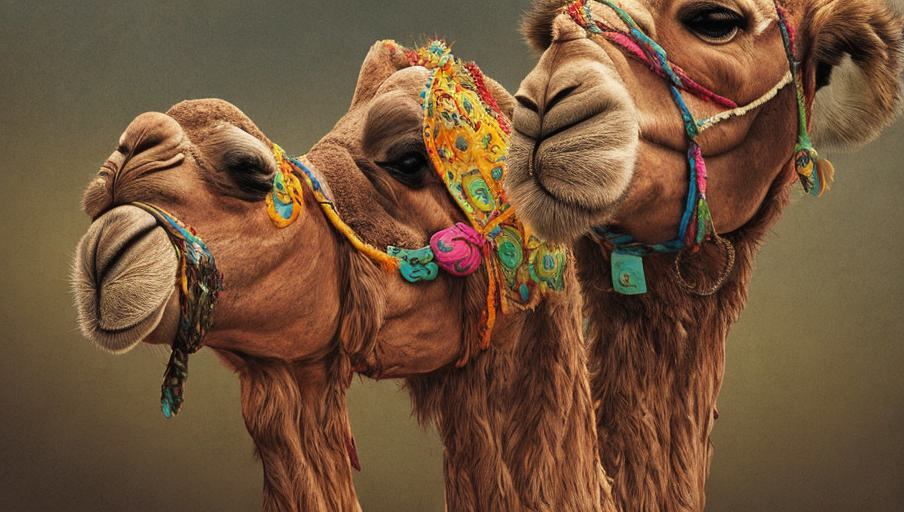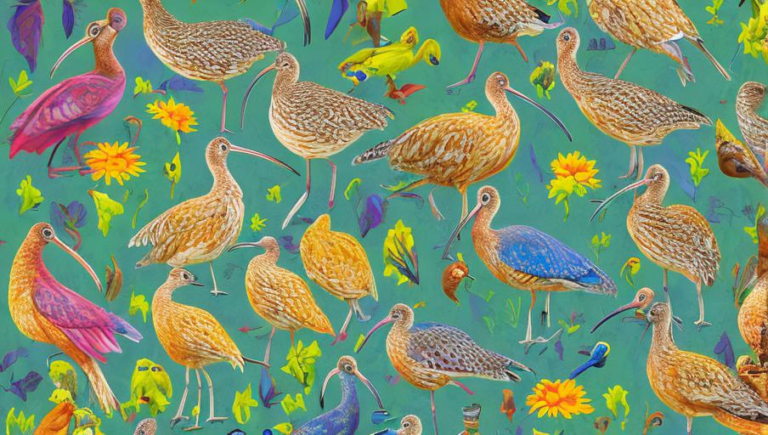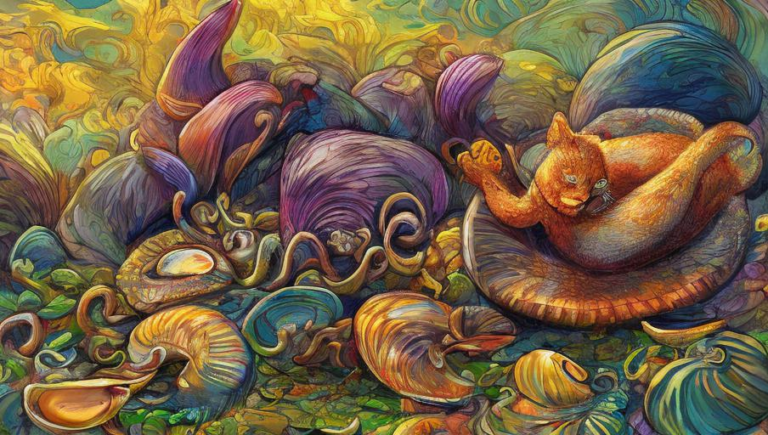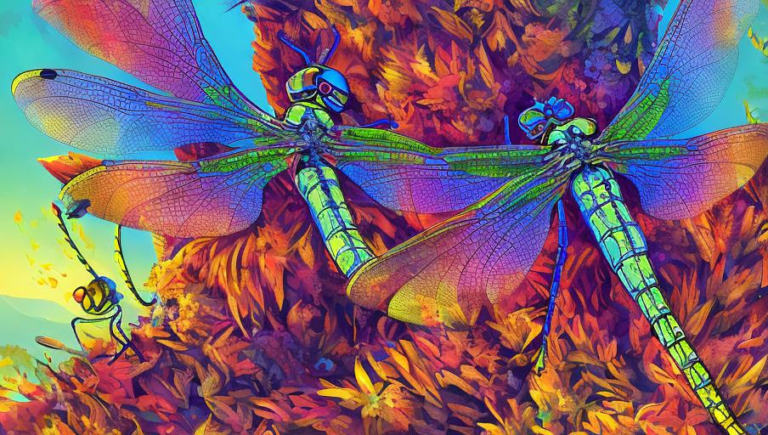Rehabilitating Camels in Captivity

Introduction
Camels are an iconic and beloved species that is found throughout the world. From their characteristic humped back and long eyelashes to their impressive and hardy demeanor, camels have been celebrated by cultures all over the globe. Unfortunately, due to human interference, many wild and captive camels have been affected and require rehabilitation.
The Impact of Human Interference
Humans have had a great impact on the camel population. Due to human activity, their natural habitats have been destroyed and their food sources have been depleted. As a result, camels are often forced to rely on human-provided food, which can lead to malnutrition. In addition, humans have caused physical harm to camels, as they have been used as beasts of burden, resulting in exhaustion and severe injuries.
Rehabilitation for Wild Camels
Wild camels that have been injured, ill, or otherwise affected by human interference may be taken in for rehabilitation. This process typically involves providing the animal with the necessary medical care to treat any injuries or illnesses, as well as a safe and comfortable environment to recuperate in. Depending on the severity of the animal’s condition, the rehabilitation may last for several months or even years. During this time, the camel is usually provided with a high-quality diet and monitored closely to ensure its health and safety.
Rehabilitation for Captive Camels
Captive camels require different types of rehabilitation than their wild counterparts. Due to their living circumstances, captive camels may suffer from physical and psychological issues, such as aggression, fear, and boredom. To address these issues, the camel’s enclosure should be designed to provide the animal with mental stimulation and physical activities, such as walking, running, and swimming. Additionally, the enclosure should be large enough for the camel to move around freely and express its natural behavior.
Conclusion
Rehabilitating camels is an important part of ensuring their wellbeing, both in the wild and in captivity. By providing medical care, a safe and comfortable environment, and proper nutrition, we can ensure that these majestic creatures have a chance to thrive and live better lives.





